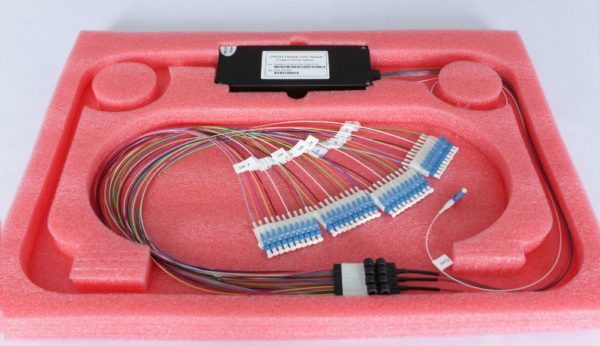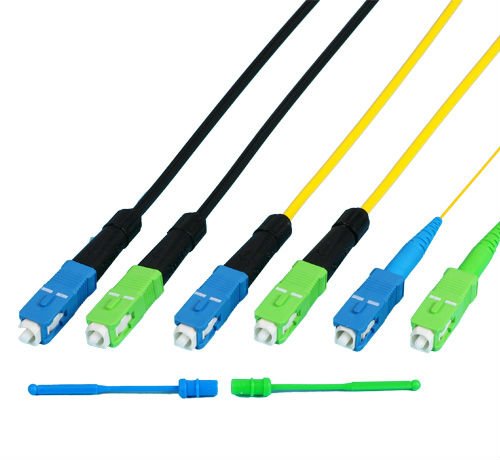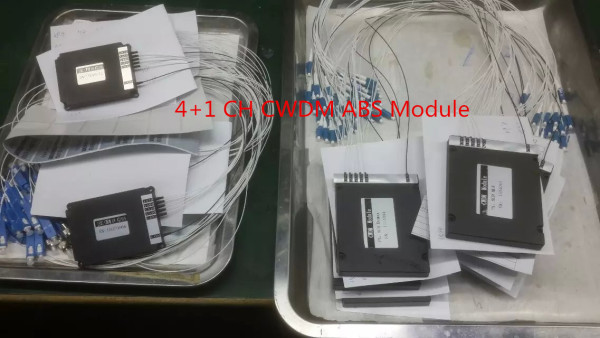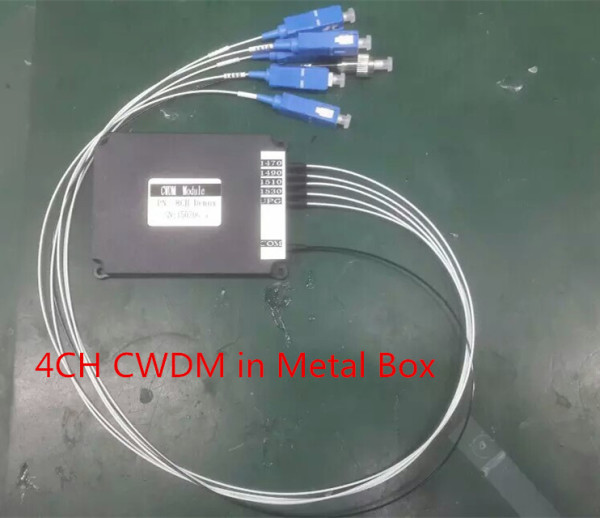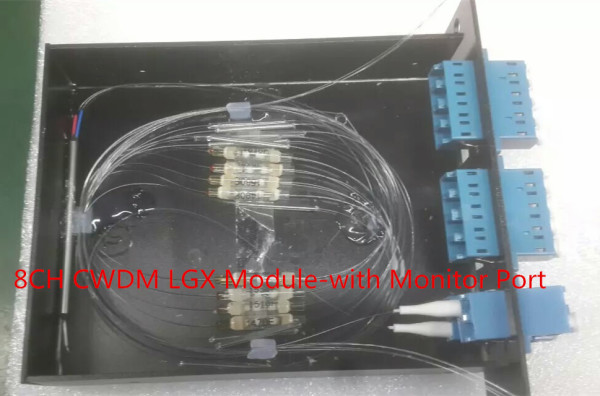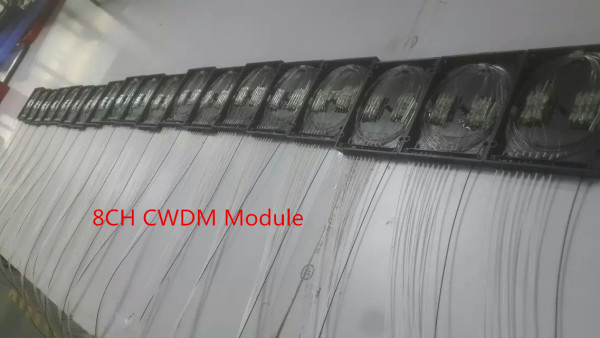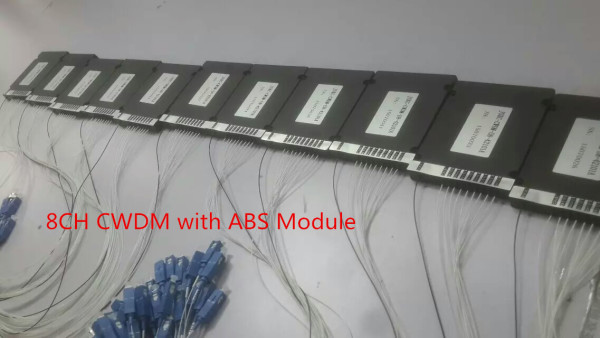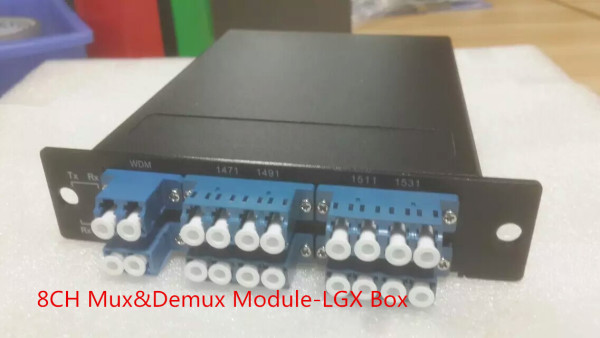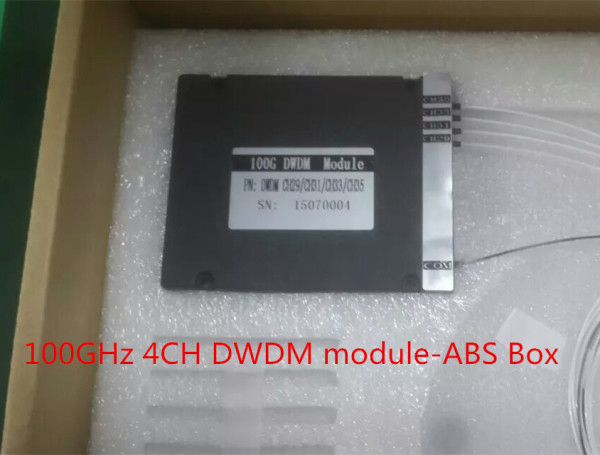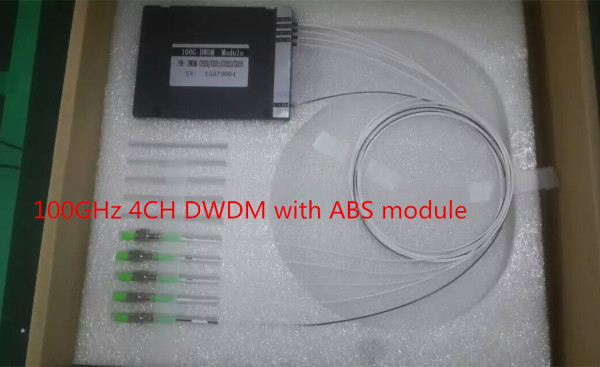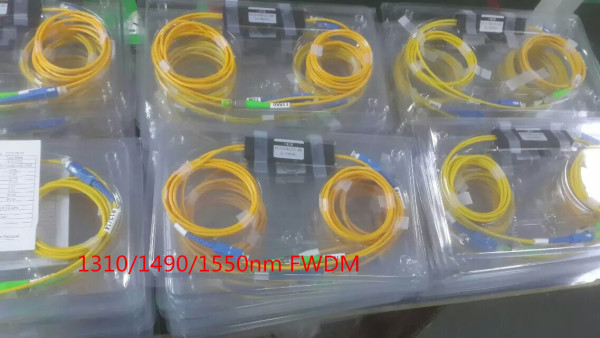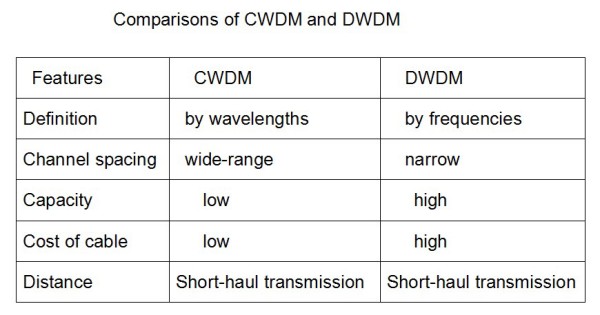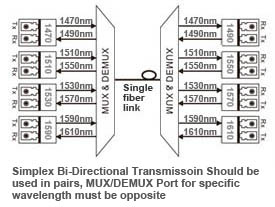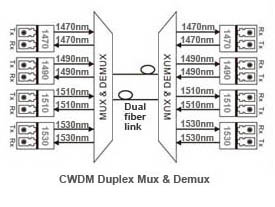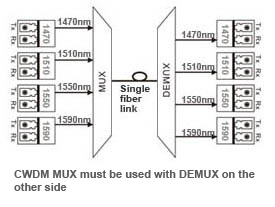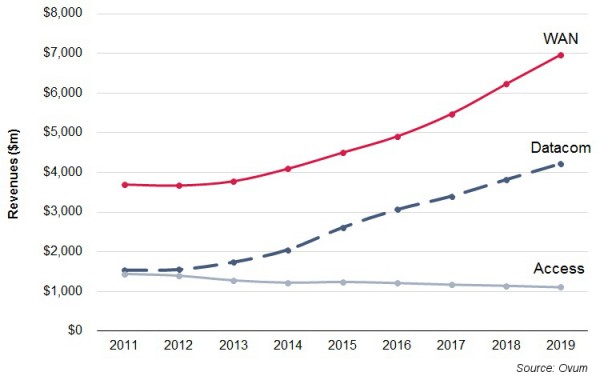The CWDM are by and large in view of thin coat channel innovation which is the type of item fall under the WDM class. There arrived in a total scope of Class-8 CWDM Mux-Demux and also OADM that stands for Optical Add Drop Multiplexer units with a specific end goal to meet a wide range of necessities and system arrangements.
Likewise, it has across the board applications that require the Channel CWDM. Some of them include: Gigabit and 10G Ethernet, Fiber Channel, ATM, ESCON, in Metro total, SDH/SONET, and CATV and so forth. Presently, we should talk about the accompanying components and utilizations of Channel CWDM that settle on it an ideal decision for all. The CWDM Mux / Demux items give up to 16-channel or even 18-channel Multiplexing on a solitary fiber. Standard CWDM Mux/Demux bundle sort include: ABS box bundle, LGX pakcage and 19″ 1U rackmount.
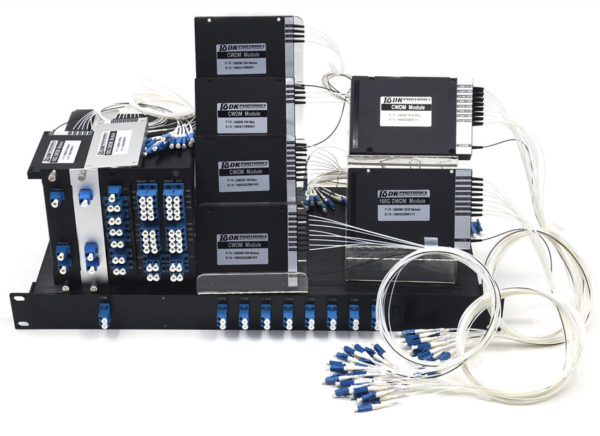
Highlights
- The loss of insertion quality creates from the presentation of a gadget into the optical fiber is by and large lesser in CWDM than alternate gadgets; this produces short inclusion costs.
- Channel-8 CWDM is dependably very steady and solid in the meantime. Not at all like every other sort of WDM class, the Channel CWDM has higher dependability.
- The CWDM items are typically Epoxy free on optical way; this prompts better working and Epoxy free condition while the execution.
- In CWDM, the channel segregation is very high. This expanded seclusion prompts better and successful outcomes.
Applications
WDM and Access Organize: As these channel sorts are the piece of WDM class, these have their best application in the WDM and also Access systems.
Line Observing: These items have their incredible use in line checking. This guarantees there is no crash on a similar line of some other range or frequency.
Cellular Application: The CWDM channel arrangements have their utilizations and applications additionally in the Cellular area, and advances as the unequaled panacea for some different parts and ventures.
Telecommunication: The broadcast communications devours Channel-8 CWDM at an incredible rate. It needs to utilize these items for the straightforward transmission of signs and utilization of the filaments for the same.
Aside from every one of the elements and applications, the capacity of CWDM is additionally to unravel the deficiency of fiber and straightforward transmission of exchange while lessening the charges of system building. This is the motivation behind why the Channel CWDM and LGX CWDM Mux and DeMux Module have a matter of extraordinary heights in the realm of fiber optics, flag transmission and multiplexing and so forth.
